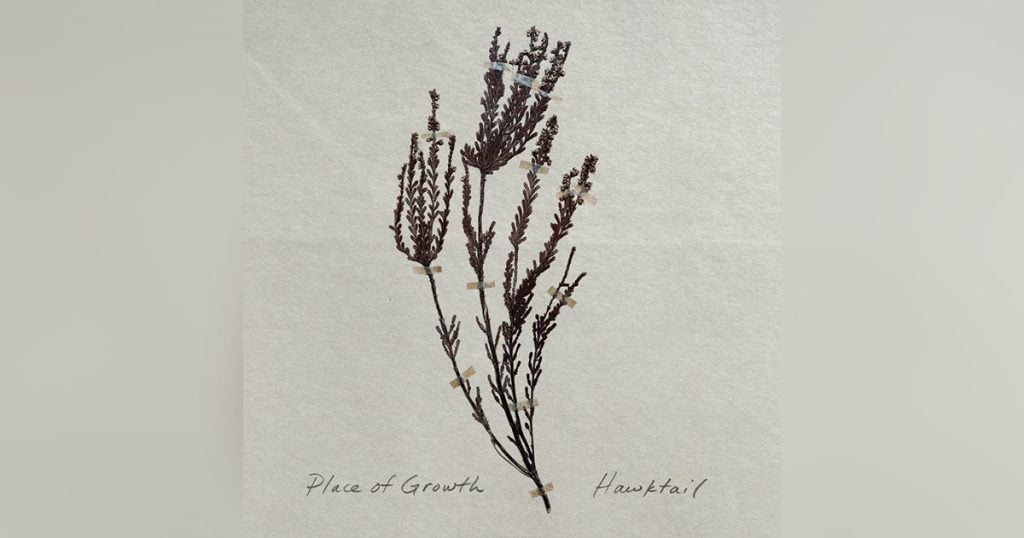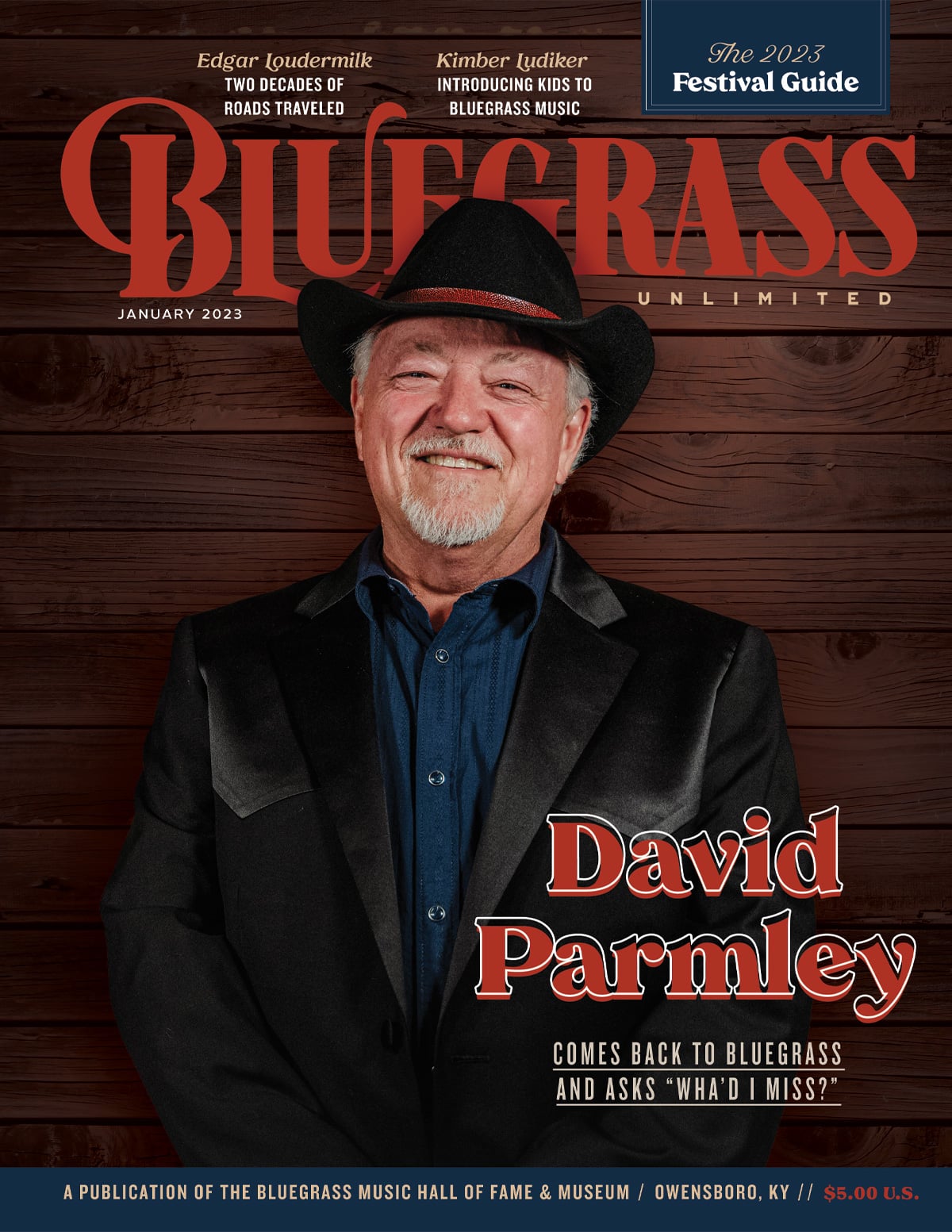Place of Growth
In the fall of 2020, Hawktail did a livestream concert at the Amqui Station, a historical site in Madison, Tennessee, famously beloved by Johnny Cash. Lit by the copper sunset coming through the trees, they played through their set. They sat in a half circle, with a minimal set up, framed by the backdrop of the station’s hanging eaves, scroll sawn braces and wood platform. This performance, a seemingly casual affair, was a nice summation of where the band was coming from, homespun songs capturing the intimate feeling of a family’s set table.
Hawktail has always occupied a unique spot in contemporary bluegrass. Their music draws on a range of influences, from Swedish folk music to scorching old time to Celtic fiddle tunes. The group’s two previous albums, Unless and Formations, spanned this expanse of interests, taking the form of communal songs. With their most recent release, Place of Growth, the band returns with a culmination of their previous efforts, offering the same honed songwriting with a narrative through the tracks, mirroring the changing pace of a walk through nature.
The band consists of Brittany Haas on violin, Paul Kowert on bass, Dominick Leslie on mandolin and Jordan Tice on guitar. As their resumes suggest, they have all the pooled talent of an all-star group but display none of the flashy tendencies, preferring the smooth flow of group interactions and building melodies to blazing solos. According to Kowert, many of the pieces came from the seeds of recorded fragments, a bass line or fiddle riff serving as the entry point to something larger. The album follows this precedent, outlined by a series of short pieces called “Wanderings,” each with a subtitle: “Begin,” “Look,” and “Where?”.
These vignettes capture shifting moods, intrepid to rueful to sly, creating interludes between the longer songs. “Updraft,” penned by the band collectively, sails along, as the instrumentalists tag in and out of the lead. “Pomegranate Under the Oak Tree,” also written by the entire group, is a waltz that takes a moment to pause, with a spacious melody carried out in careful dance steps. “Antilopen” is an agile barnburner by fiddle player Lena Jonsson, which Haas races through, bouncing off of interjections from Leslie and Kowert. Haas’ “Shallows” is a ruminative number, one that moves with slow grace, almost out of time, as the main theme falls airily. Finally, “Big Sun” is a kind of representation of the album as a whole, traversing multiple temperaments in a sweeping conclusion to the story.
The songs are worlds unto themselves, each drawing out a changing landscape. The music is almost painterly in its ability to evoke the many scenes in a day. It also shows how Hawktail has taken their unique approach even further, working in unity as they seamlessly alternate and blend, circling and building the melodies of each song. This record, the band states, is designed to be absorbed in a single sitting, to allow its impressions to sweep over the listener. As its title implies, the album is also an inflection point for the quartet, demonstrating their growth and suggesting depth of their cultivated roots.

